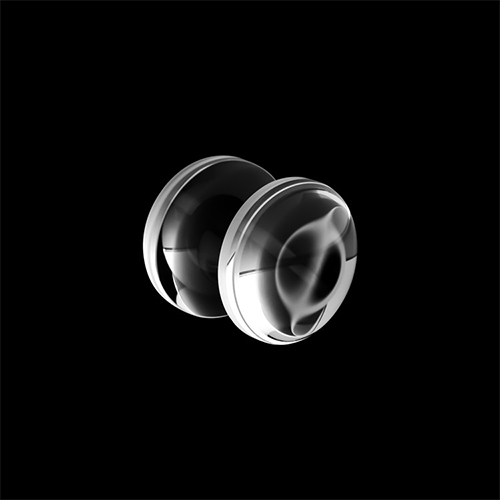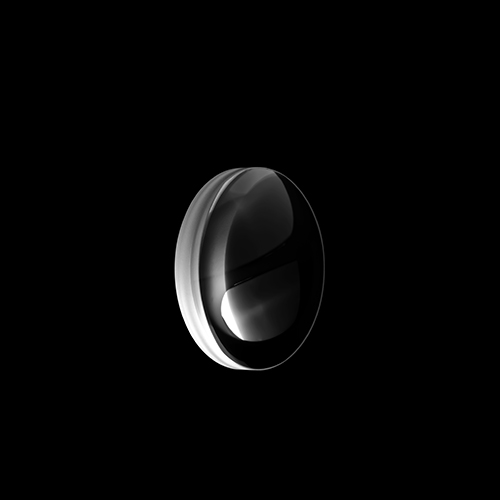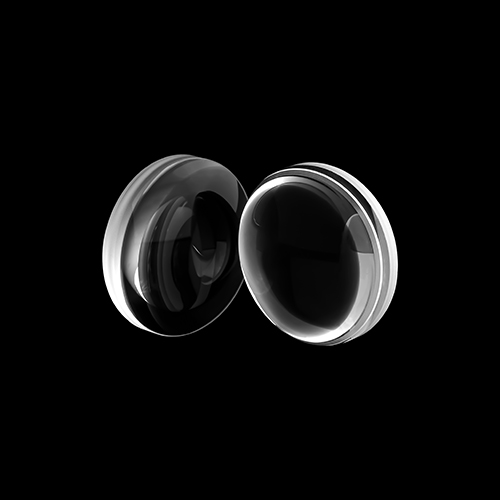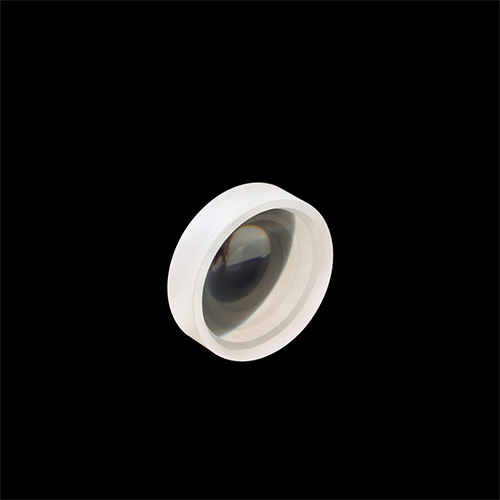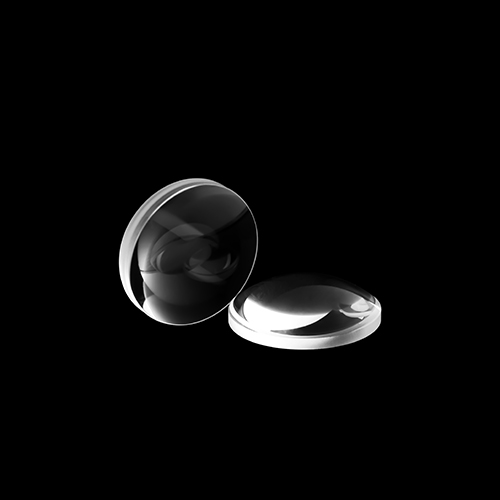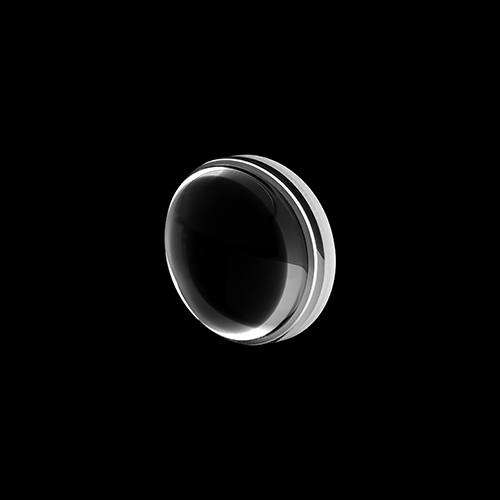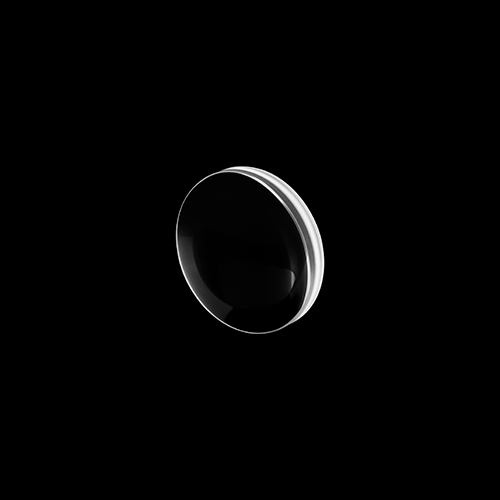A biconvex lens has two protruding surfaces, namely the incident surface and the emitting surface. The characteristic of this type of lens is that the focal length of the middle part of its transparent surface is longer, while the focal length of the ends of each lens surface is shorter. Its materials include K9 glass, fused silica, zinc selenide, zinc sulfide, germanium, silicon, lithium fluoride, magnesium fluoride, calcium fluoride and barium fluoride. So what is the principle of biconvex lens imaging?
A biconvex lens consists of two convex lenses, where light first enters the first convex lens (objective lens). Due to the refractive properties of the convex lens, light refracts when passing through the objective lens and focuses on the focal point of the objective lens. The image at this focal point is an enlarged, inverted real image. This magnified real image becomes the object of the second convex lens (eyepiece). Light starts from the focus of the objective lens and enters the eyepiece. As the eyepiece is also a convex lens, it refracts the light again and converges it to a new focal point. Due to the focal length and placement of the eyepiece, this new focus does not actually form, but rather forms an enlarged, upright virtual image at a certain distance behind the eyepiece. This virtual image is the image that the observer sees through a biconvex lens. To maximize the image, the length of the first convex lens (objective) from the second lens (eyepiece) should be as close as possible to twice the focal length. In this way, the real image formed by the objective lens can be maximized, while the eyepiece can further enlarge this real image and convert it into an upright virtual image. Meanwhile, in order to avoid the formation of virtual images, the distance between the objective lens and the eyepiece cannot be equal to or less than the focal length. The imaging effect of a biconvex lens is also affected by the focal length of the objective lens. The shorter the focal length, the greater the magnification of the objective lens, but at the same time, the field of view and transparency will also be affected to some extent. Therefore, when designing a biconvex lens, it is necessary to consider the balance between focal length and other parameters in order to achieve ideal imaging results.
The above is an answer to the principle of biconvex lens imaging. We hope it is helpful to you. If you have any questions, please feel free to consult or leave a message online.

